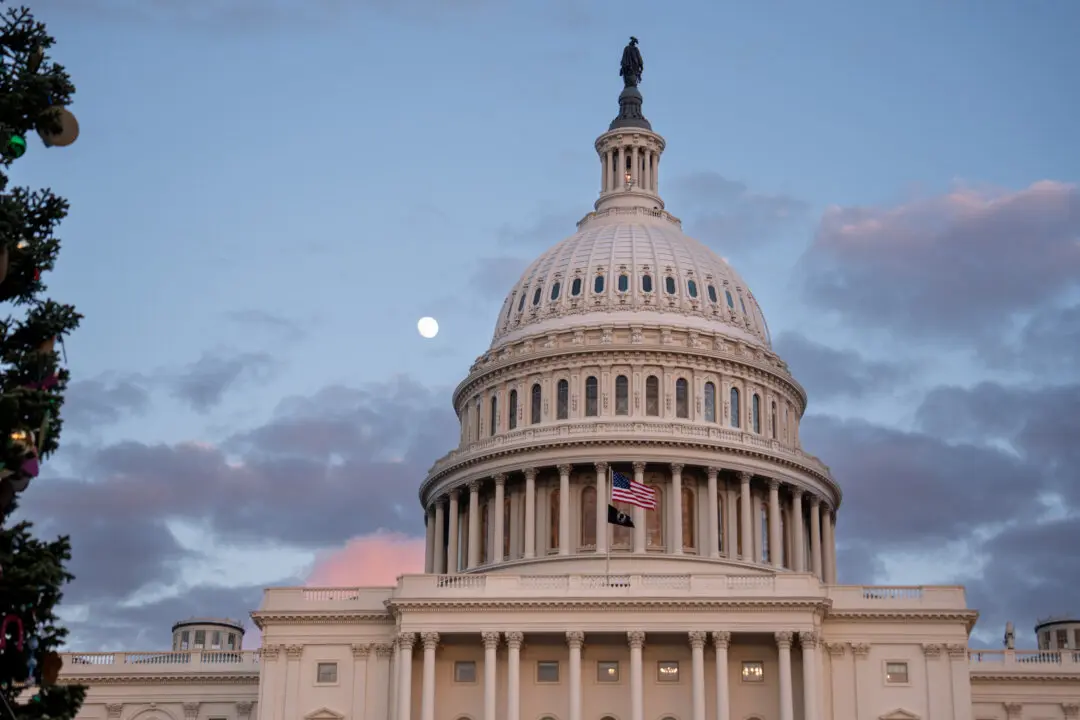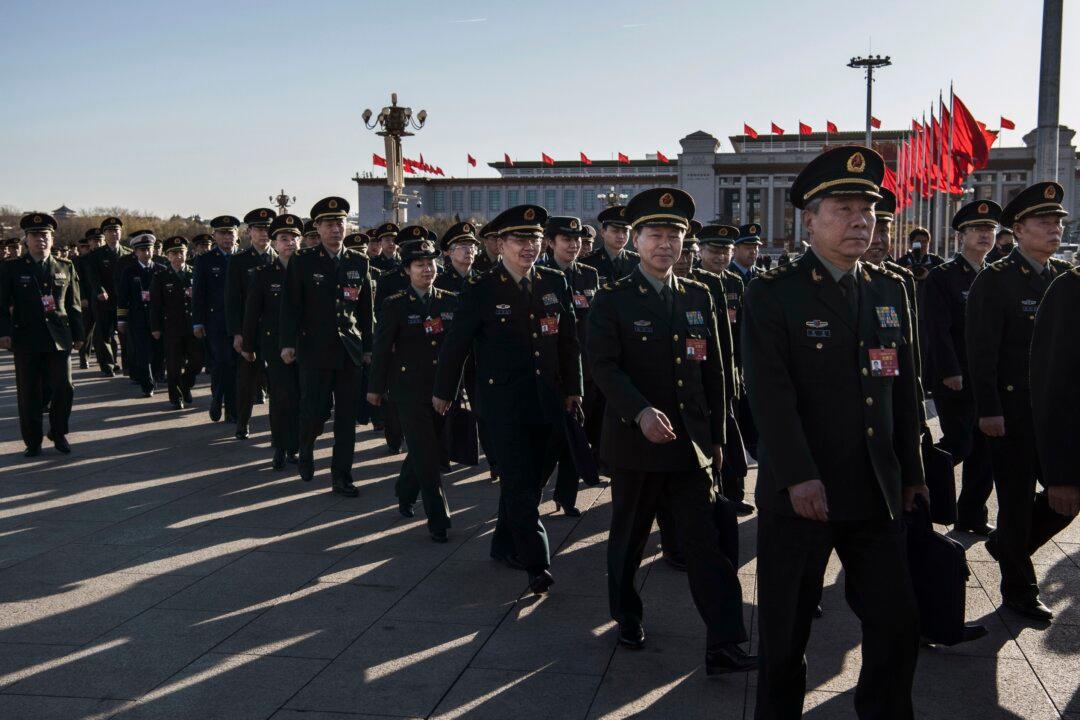NEW YORK—Mayor Bill de Blasio’s apology for the slow snow shoveling on the Upper East Side has garnered a lot of attention, but Tuesday’s snowstorm caused trouble for public transportation users in many other neighborhoods as well.
People taking buses quickly noticed the snow, which had been shoveled onto curbs, blocking some bus stops. In subway stations it took some time for snow-piled stairs to get cleaned out, and some platforms in Brooklyn were slow to be shoveled clean as well.
Manhattan Borough President Gale Brewer said the Department of Transportation had hired many workers to shovel snow on subway property, which includes entrances and stairs, but it just wasn’t possible to have enough people to cover every area.
At the Transit Riders Council meeting on Jan. 23, Brewer shared a list of items she would focus on getting the Metropolitan Transportation Authority to do.
The main thing Brewer wants to push for is more communication between MTA’s multiple systems and stations.
“The issue of communication is crucial,” Brewer said. “Perhaps we can learn from the PATH system.”
One example is bus and subway coordination. If a subway train is severely delayed, not all stops are equipped to let riders know to switch to a bus or a different line.
New York resident, Trudy Mason recently waited on a subway platform for about an hour without news from the MTA of what had happened.
Mason is a member of the Transit Riders Council and lives in Manhattan
Last week’s 4, 5, 6 trains had major delays because signals were cut off. Masses of people were entering and exiting the 77th Street stop, Mason said, and not even the employee at the ticket booth had information about it. Eventually the speakers came on, but they only notified her of delays until Mason had waited for 45 minutes. An MTA employee cleaning the station eventually told Mason the signals were down.
The countdown clocks showed the next train would arrive in 17 minutes. Eventually a train arrived, but sped off without stopping at the station.
After almost an hour Mason finally left for a bus, where the driver asked her what was going on because he had no information either.
“There were no extra buses, there was no communication,” Mason said.
Brewer also noted she would work setting up more accessible subway stops and better bus coordination. Land Use projects are often related to transportation, Brewer said, and she would use her position to make the subject part of the conversation.





